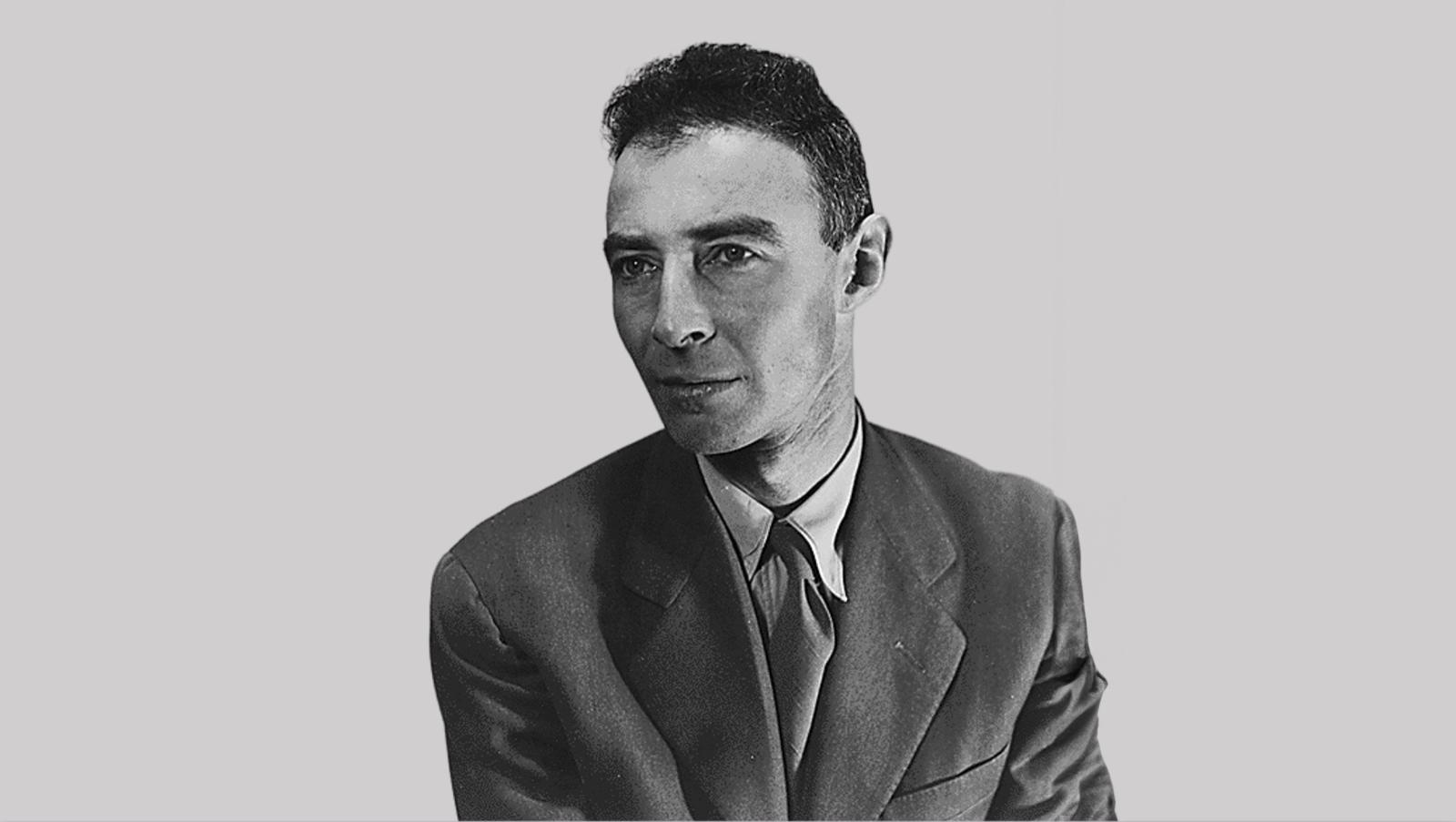The world of research today is a highly competitive environment, similar to a liberist market. Researchers are under pressure for several aspects: the scarcity of economical funds, the rising number of scientists and the political pressure that national asset have put on them in a wild competition to emerge from anonymity. In this race, one of the best key of success for a researcher is networking. Since the beginning, scientists have been called to share, discuss and link their professional life. But now networking seems to have become the main task for a scientists, rather than pure research.
The web had amplified the network capability, making it a lot easier, while creating a problem of agenda. In other words, often the scientists have to decide which aspect of scientific work must be performed first, laboratory or social feedback. This movement towards sharing scientific lives is often tagged as “open science”, a traceable way of doing science from the original idea to publishing. Despite the democratic impact of this idea, some questions are becoming more and more important: is strictness still the main skill for scientists? Or is it social marketing? In other words: do scientists have to claim for a “right to silence” and meditation?
The quality of silence
Scientists are called to share as much as they can, from lab notebook to dataset, from draft to published papers. This continuous pressure to share their work leaves little time to scientists to meditation and reflection, activities that have been central in the production of science during the centuries. That is why some analysts started to talk again about the quality of silence, meant as absence of direct contact with others, as an essential moment for researchers.
The issue of the quality of the silent time during research has emerged in a post on the “Political Science” blog on the Guardian website. Felicity Mellor, senior lecturer in Science Communication at the Imperial College, commented the openness policy of the forthcoming Crick Institute in London, as following:
Collaboration is clearly a key component of modern science and the Crick Institute is not alone in prioritizing cross-disciplinary interaction. The rhetoric of openness is also widespread, with calls for public engagement and open data further extending the demands on scientists’ communications. (…) Historically, the pursuit of knowledge was characterized as an activity conducted in, and requiring, silence, symbolically located in solitary spaces – whether the garret of the writer or the study of the intellectual. Newton was famously reluctant to engage with others and his theory of gravity came to him whilst sequestered in Lincolnshire, remote from the hubbub of London. Darwin, too, withdrew to Down House and held off publishing for as long as he could.
Actually, Darwin's attitude towards openness cannot be affordable nowadays – and we should not forget that he do communicate through letters while staying apart from humanity. But the Darwin example is clear: often researchers are fought between the need of silence and the need of feedback and publish. The question is: what are the main skills a scientist must have to be a good scientist? Strictness in experiments? Communication skills? Social promoting? Which is the right mix of these skills?
The feedback hyperloop
Is difficult to have an answer to these questions, as the web 2.0 society is overwhelmed by the imperative of sociability. During the past years, a number of web-based tools have been created to foster research network, such as the academic social media Mendeley (that has interesting figures about its users). The rising of this web based social infrastructure, and the complexity of managing it, has brought to what some analysts call a “feedback hyperloop”, meaning a self-catalytic pressure on sharing and giving/having feedback. This continuous need of having feedback, even while fostering the research, has severe aspects of widening the geopolitical and personal gaps among scientists.
For instance, scientists in the developing world have urgent basic and practical needs to solve: while web-based networking tools are an easy way to connect with peers, is it ethical to ask them to take time giving/having continuous feedback, while they have more urgent things to do? Or, in the Western world, is probably more important for a scientist to know and meditate on the research rather than to dominate the various policies and rules of the social side of the web. Is it a sign of healthy environment the anxiety that dominated the debate on Plos magazines' new policy on open data?
A right to silence, meaning a recognized (by peers) period of time in which a scientist is called to focus only on her/his research, could help researchers in prioritizing their duties, and not to be overwhelmed by the fear of losing trends and feedback.


